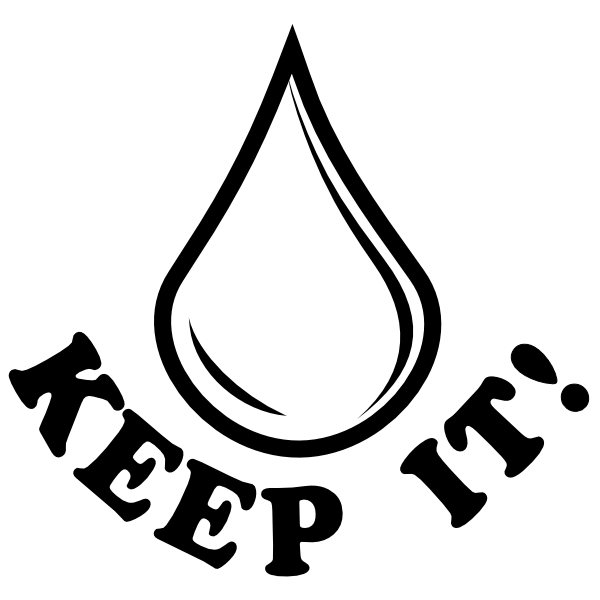May 2024
MRI with Gadolinium-Based Intravenous Contrast
According to the American College of Radiology, less than 0.04% of the intravenously administered gadolinium-based contrast media is excreted into breastmilk. It has a plasma half-life of 2 hours and is out of the bloodstream in 24 hours, assuming normal kidney function. Less than 1% of the gadolinium excreted in breastmilk is absorbed by the infant, leading to far less exposure to gadolinium as compared to the dose used for infants. It is therefore considered unnecessary to interrupt breastfeeding after an MRI with contrast. There may be a change in the taste of the milk for a few hours after the MRI, but it is not considered harmful to the child.1,2
References
(1) American College of Radiology. ACR Manual on Contrast Media 2023. American College of Radiology Manual on Contrast Media. https://www.acr.org/Clinical-Resources/Contrast-Manual (accessed 2024-01-12).
(2) Mitchell, K. B.; Fleming, M. M.; Anderson, P. O.; Giesbrandt, J. G.; the Academy of Breastfeeding Medicine; Young, M.; Noble, L.; Reece-Stremtan, S.; Bartick, M.; Calhoun, S.; Dodd, S.; Elliott-Rudder, M.; Kair, L. R.; Lappin, S.; Lawrence, R. A.; LeFort, Y.; Marinelli, K. A.; Marshall, N.; Murak, C.; Myers, E.; Okogbule-Wonodi, A.; Roberts, A.; Rosen-Carole, C.; Rothenberg, S.; Schmidt, T.; Seo, T.; Sriraman, N.; Stehel, E. K.; Fleur, R. St.; Wight, N.; Winter, L. ABM Clinical Protocol #31: Radiology and Nuclear Medicine Studies in Lactating Women. Breastfeeding Medicine 2019, 14 (5), 290–294. https://doi.org/10.1089/bfm.2019.29128.kbm.

